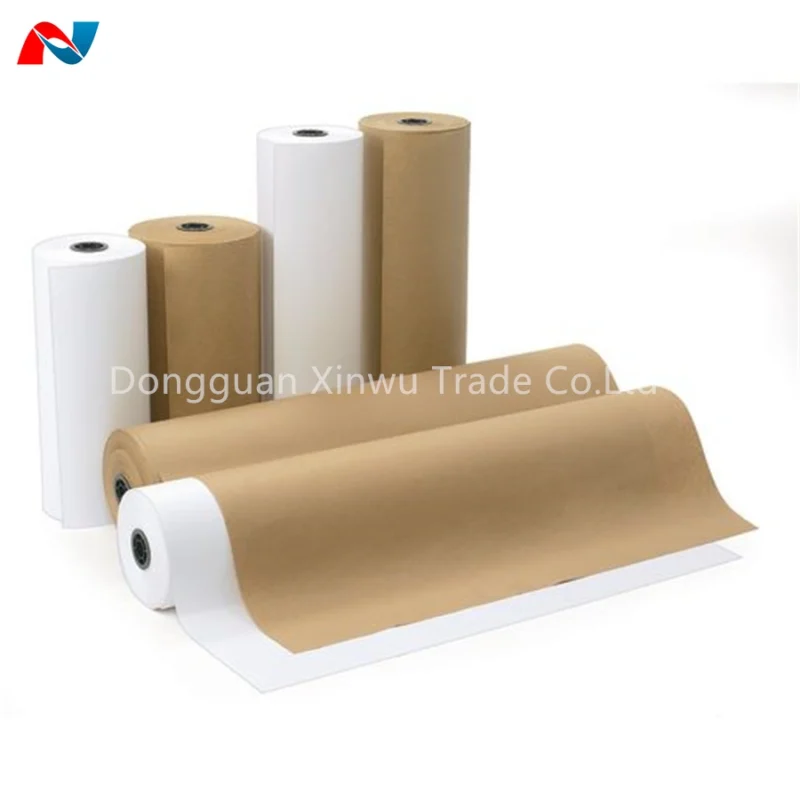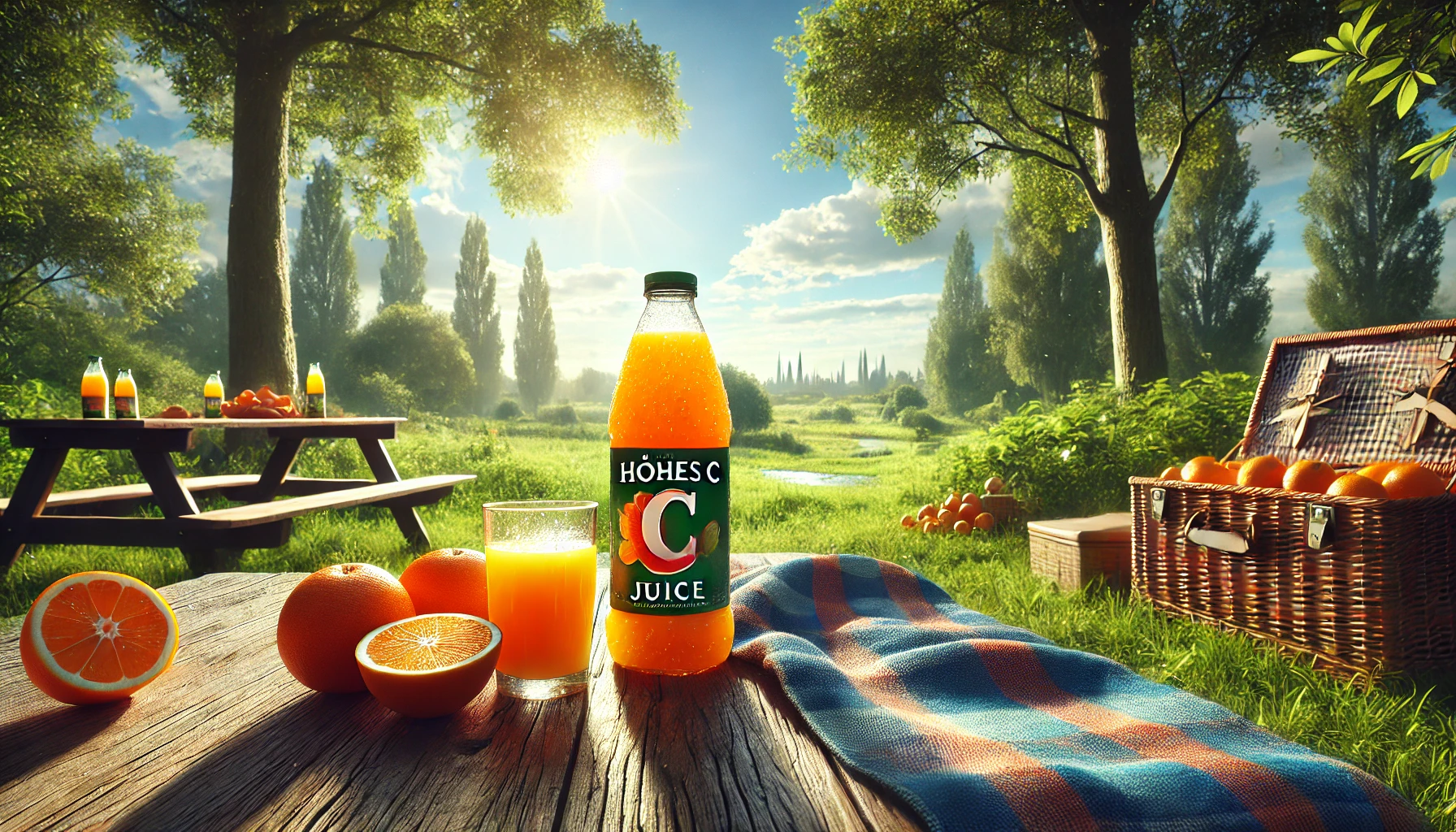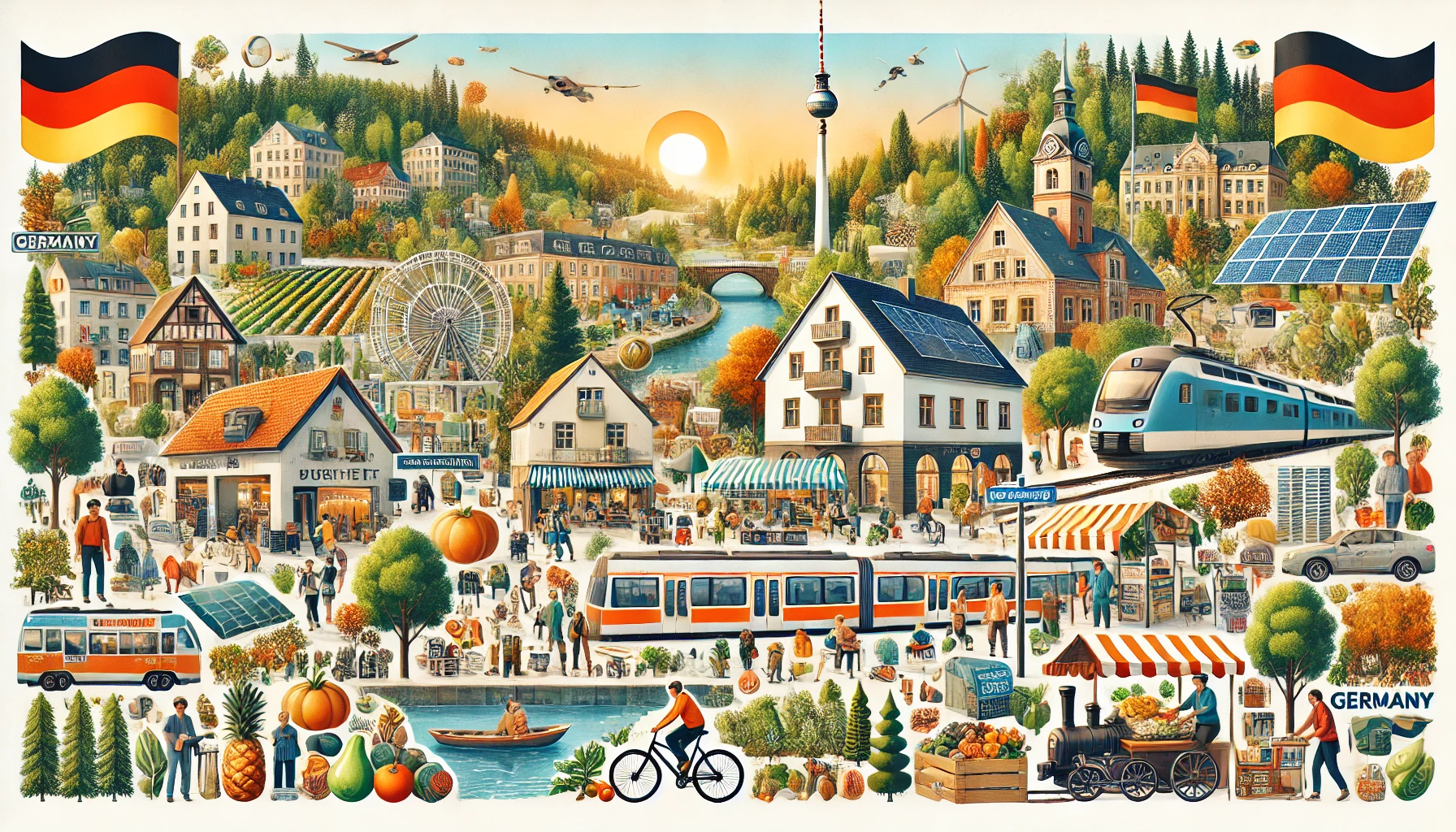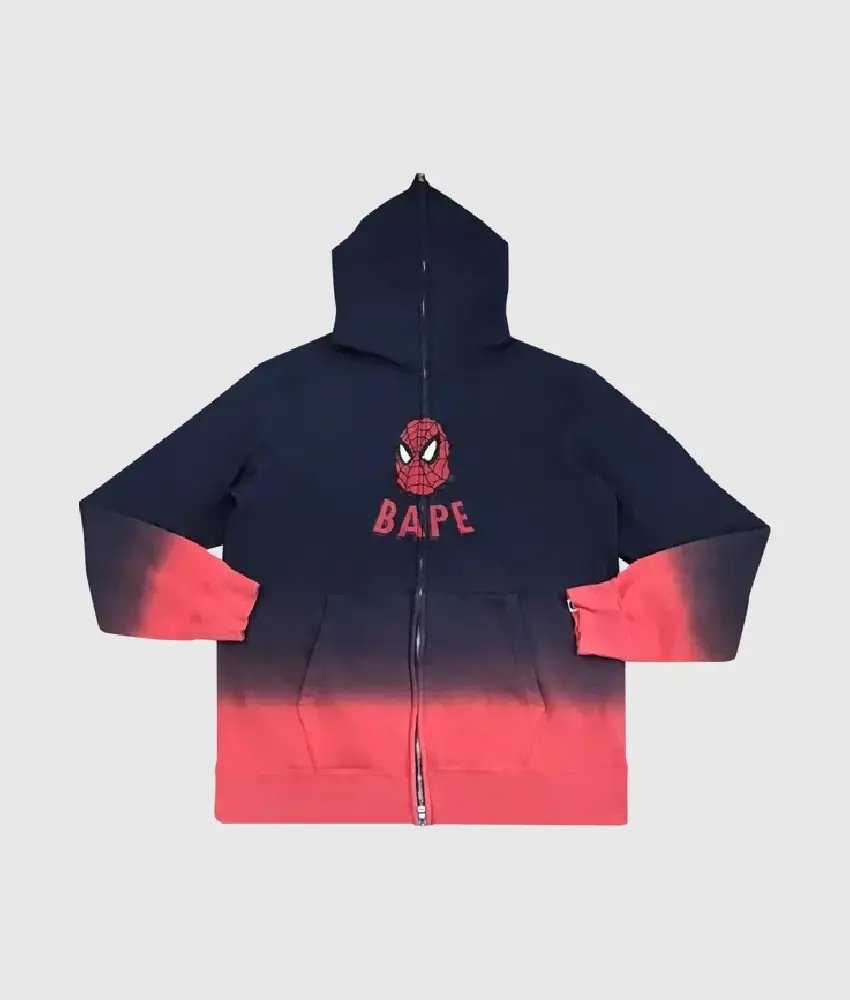Butcher paper rolls have been a staple in kitchens and butcher shops for decades. While their primary use has traditionally been in wrapping meats, these versatile rolls have found their way into various industries and homes due to their durability, affordability, and eco-friendly nature. Whether you’re a professional chef, a barbecue enthusiast, an artist, or a parent, butcher paper rolls offer a wide range of applications that make them an essential household item.
What is Butcher Paper?
Butcher paper is a type of kraft paper made from wood pulp. It is typically thick, durable, and has a slightly rough texture. Unlike wax paper or parchment paper, butcher paper is untreated which means it doesnt have a coating of wax or silicone. This makes it a breathable paper, which is ideal for wrapping meats as it allows moisture to escape while keeping the contents inside fresh.
Butcher paper comes in various colours, most commonly white or brown, and is available in rolls of different lengths and widths. Depending on its intended use, butcher paper can also be treated to make it resistant to moisture, grease, and other substances. The rolls can be cut to size, making them convenient for a variety of tasks.
Traditional Uses in Butchering and Cooking
The most well-known use of butcher paper is, of course, for wrapping meat. Butchers have long used this paper to wrap cuts of meat for customers. The breathable quality of the paper helps prevent the meat from becoming soggy while maintaining its freshness during storage. In recent years, butcher paper has also gained popularity in the barbecue world. Many pitmasters use pink butcher paper, also known as “peach paper,” to wrap smoked meats such as brisket. Wrapping the meat during the smoking process helps it retain moisture and develop a flavorful crust without becoming too dry or overly smoky.
For home cooks, butcher paper is a great alternative to plastic wrap or aluminum foil. It can be used to wrap sandwiches, cover food during storage, or even line baking trays. The porous nature of the paper makes it especially useful for foods that need to breathe, such as fresh produce or cheeses.
Beyond the Kitchen Crafting Art and DIY Projects
Butcher paper isn’t just for the kitchen – it’s also a fantastic resource for crafters and artists. Its durability and affordability make it a popular choice for a wide range of creative projects. Here are just a few ways butcher paper rolls can be used outside of the culinary world:
- Art Projects: Artists and teachers often use butcher paper as a canvas for drawing and painting. Its large surface area and low cost make it ideal for kids’ art projects or large-scale murals. It’s a blank slate for creativity, whether you’re using crayons, markers, paints, or chalk.
- Table Covers and Event Decoration: Butcher paper can double as a disposable table cover for parties, picnics, or craft tables. Its plain surface allows it to be customised with designs, names, or fun doodles, making it perfect for kids’ parties or casual events. You can also use it to wrap gifts, adding a rustic and eco-friendly touch to presents.
- Packaging Material: If you’re shipping items or need a cost-effective way to wrap and protect fragile goods, butcher paper is an excellent solution. It provides a protective barrier without adding unnecessary weight to packages. Plus, it’s biodegradable, which makes it an environmentally friendly choice for those looking to reduce their use of plastic.
- DIY Projects and Home Improvement: Butcher paper can be a useful tool for home improvement projects. Whether you’re using it to protect floors during painting or laying it down as a stencil for woodworking, it provides a large, manageable surface that’s easy to work with and dispose of. For parents, butcher paper is also a lifesaver for quick cleanup during messy arts and crafts activities with kids.
Environmental Benefits of Butcher Paper
In an era where environmental consciousness is increasingly important, butcher paper is a more sustainable option compared to many other paper products. Because it is made from natural materials and is biodegradable, butcher paper has a smaller environmental footprint. It can also be recycled or composted, depending on how it’s used. Many people prefer using Custom butcher paper cheap over plastic wraps and bags because it decomposes faster and doesn’t contribute to the growing problem of plastic pollution.
Choosing the Right Butcher Paper
Not all butcher paper is created equal and it’s important to choose the right type for your needs. Here are a few factors to consider when buying butcher paper rolls
- Colour: Brown or white butcher paper are the most common options. Brown paper is typically more natural and unbleached, while white paper may have been treated or bleached for a cleaner appearance. If you’re using the paper for food-related tasks, make sure the paper is FDA-approved for food contact.
- Size and Thickness: Butcher paper comes in different weights and sizes. Thicker paper is ideal for heavy-duty tasks such as wrapping meats or using it as a protective layer during shipping. Lighter paper is great for arts and crafts or temporary table covers. Make sure to choose a roll size that fits your needs, whether you’re covering a large area or just need smaller sheets.
- Special Treatments: Depending on the task, you may want butcher paper that is moisture or grease-resistant. Some papers are treated to make them better suited for wrapping moist foods or protecting surfaces from spills. Pink butcher paper is a popular choice for barbecue enthusiasts because it is both moisture-resistant and breathable, making it perfect for smoking meats.
Conclusion
Butcher paper rolls are a versatile and essential tool for a wide variety of uses. From their traditional role in butchering and food preparation to their applications in art, packaging, and DIY projects, these rolls offer endless possibilities. Their eco-friendly properties and affordability make them a smart choice for both households and businesses looking to reduce waste and promote sustainability.














